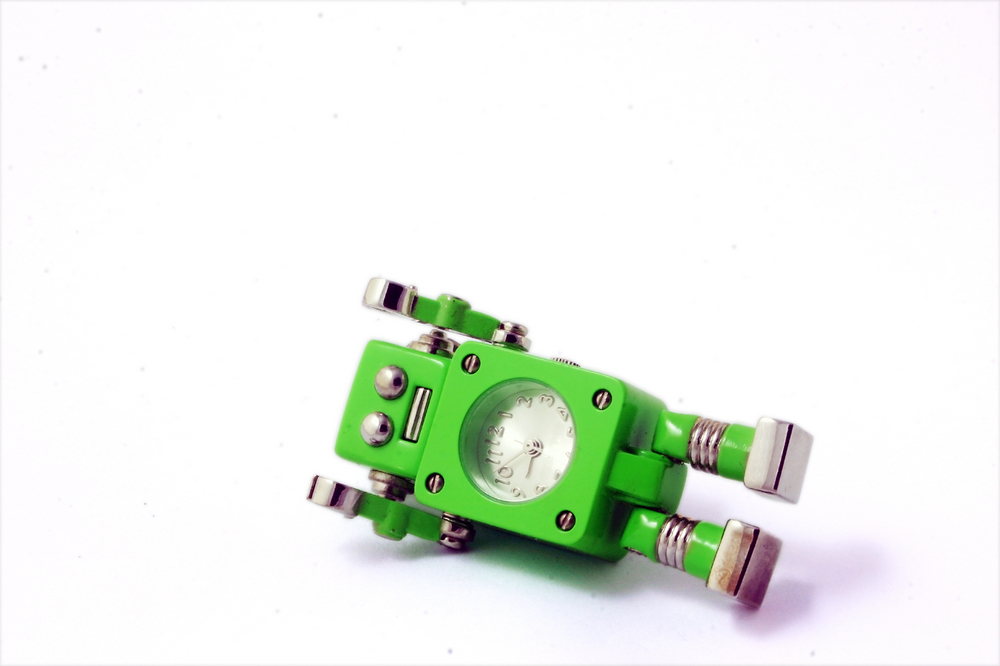
Engineering, namely inflexible thinking, explains how robots can have off days too
When it comes to performance of most skill-based tasks, robots have us beat. Computer chess master Deep Blue proved they’re smarter strategists; Sound Machine 2.0 demonstrated that they’re gifted composers too. But, for all their genius, you know what robots can’t do well? Fold towels.
At PSFK, we’re the first to acknowledge the entertainment value of watching robots fail to perform elementary tasks (see: robot squeezes ketchup bottle, robot soccer team). Interspersed between our 10 favorite machine goofs, we’ve included some research behind robot fails—how they happen, what they mean for modern robotics, and why they make us humans so happy.
The most significant driver of robot error is inflexible thinking; traditional robot thinking is defined in set commands, rather than by true problem-solving processes.
As Atsuhiko Tomita and Naohiro Hayaishi of the PLEN Robot team explain:
Robots are very good at carrying out the instructions defined in advance. However, compared to humans, robots are not so flexible. Thus, it is not easy for robots to adapt to unpredictable circumstances. Although robots will run through the maze better than humans, I don’t expect they are smoothly leading many evacuees to the safety area in case of a massive earthquake in the urban jungle.
Compensating for this limitation, PLEN is programming its robots to function so that when there is no instruction, they imitate a human’s behavior nearby.
Another limitation to robot progress is, simply put, grace. As Tomita and Hayaishi explains, effective balance and pedal coordination require analog computation (processing a continual stream of sensory data) and robots’ digital systems can only estimate analog data. This explains why, when robots do fall, trip, and stumble, they are more comical in their efforts to stay upright.
Just how important is analog computation? Ask the DRC-HUBO, a robot that fearlessly maneuvered a car at this year’s DARPA Robotics Challenge, only to channel its inner scaredy cat upon exiting the vehicle.
Though robot mistakes may seem “embarrassing”, they signal true advances in the field towards human-like intelligence. As any parent or grade school teacher can tell you, egregious mistakes are expected on the road to independent thinking. Each time an advanced robot like the Hubo makes a mistake, it is improves its algorithms and computational processes. In an article for Vice’s Motherboard, robotics professor Brenna Argall elaborates on this point:
A robot that isn’t very sophisticated with AI, but that is mechanically extremely sound, you’re probably not going to see many examples of it failing [...] But you’re also never going to see it doing anything intelligently that you aren’t expecting.
Why do we find robot mistakes so chuckle-worthy? Sure, part of it may be sweet validation that we are the superior race. Yet, mistakes also humanize our robot counterparts and lessen perceived barriers between human and machine processes. As machines become more prevalent in our lives, robot empathy looks to be a good thing—just ask HAL-9000, or this man who fell in love with his Roomba.
Ergonomics, artificial intelligence, and empathy aside, these fail videos have instilled a very important lesson: though they can’t be trusted to fold a towel, it seems that robots are guaranteed to provide the human race with at least a handful of laughs.
Photo courtesy of: Plen
Green robot via Shutterstock

